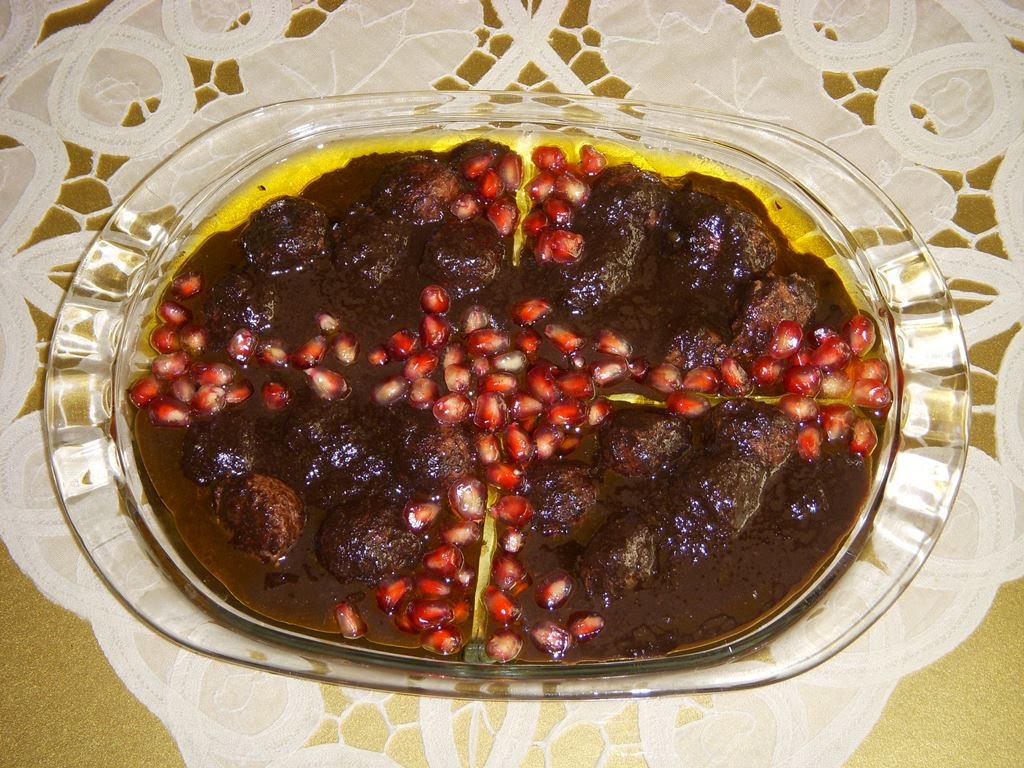Have you ever wondered while reading Arabian Nights as a child, that what are the dishes these Shah's, Arabian Prince and Princesses eat? Well, I did. Sometimes I thought to myself that maybe they eat lavish ambrosial meals severed in elegant golden palate, some nights I wondered may be they eat the same dishes like I am eating and some days I thought to myself that maybe Persian food is a dreamscape full of beauty and unusual mystery far beyond the stretches of imaginations of a human mind.
Present day Iran, renowned as Persia is a land of fables. Persian cuisines have inspired me since time unknown. Persian cuisines have diverse tastes and different region in Iran have different delicacies. Persian food is just mouth watering and the elders in my family say that the secret of Persian cuisines is slow cooking. It is one of the oldest of cuisines and very different from other Middle Eastern or Mediterranean cuisines. Today, most restaurants also include Persian dishes under the categories of Mediterranean or Middle Eastern cuisines, but this is wrong. Persian cooking style and technique is unique and authentic to it and varies vastly from ottoman and other Middle Eastern cuisines.
Fables of Persian rudiments
The major ingredients used for Persian cooking are herbs, nuts and fruits. I have to say that being an Indian I have seen a lot of influence of Persian cuisines in our Indian dishes. Like for example, the Persian pilaf or Pollo or Chello is cooked by soaking and then frying basmati or Iranian rice is something I have grown up eating. However, it is believed that rice was originally introduced in India and exported to Persia. Persian cuisines have left its indelible mark in the cuisines of Turkey, Azerbaijan, Armenian, Afghanistan, and Pakistan and of course India.
We Indians do not use fruits like plums, apricots, and pomegranates in our dish like the Persians do. This is because the climate in Iran favours the growth of these fruits. The best quality of dates and fresh figs are grown in Iran and these are incorporated as healthy companions in Iranian vegan as well as meat dishes. Plus the heavy use of nuts and saffron sets Persian cuisines apart from all other cooking styles. However Persian cuisine is very different from other cuisines. Persians cook chicken or lamb or beef in clay stew pots. I had once seen it at an Iranian restaurant in Turkey. These gorgeous little pots hold the secret of Persian culinary delights.

Luscious Persian Chicken with walnut and Pomegranate Crush.
Today I’ll share one such mouth savoury dish which is called as Khoresh e Fesenjan
A spoonful of luscious Persia
This is basically a chicken recipe flavoured with the scrumptious combination of walnuts and pomegranate. The nutty and creaminess of walnuts when mixed along with pomegranate crush, infuses sweet and juicy sour flavours with the spices of the chicken. The dish tastes a good balance of sweet and sour in one pot and is eaten along with Pollo or saffron rice.
Khoresh e Fesenjan Recipe
INGREDIENTS:
- 4 cups of walnut
- Chicken breast and thighs as per your need
- 1 onion chopped
- 2 bay leaves
- Salt and pepper
- 7-8 saffron strands
- 1 cup pomegranate paste/crush(not to be substituted with juice)
- 1tsp sugar
Method:
- Dry roast the walnuts and turn it into a smooth paste
- Deep fry onions
- Season the chicken pieces with salt and pepper and fry them until they turn golden brown in colour.
- Now add in the fried onions, the walnut paste and the pomegranate crush, sugar and the saffron.
- Cook all of this in a stew pot over low flame for two hours or more until the flesh leaves the bone and the gravy becomes really thick.
- Serve this dish hot with Iranian Pollo, or Pilaf or simple basmati rice
Try this dish at home and have a great time with your friends and family. Or just make it up for yourself and relish the day with thoughts of Arabian prince and princesses.
image source: westofpersia.wordpress.com
